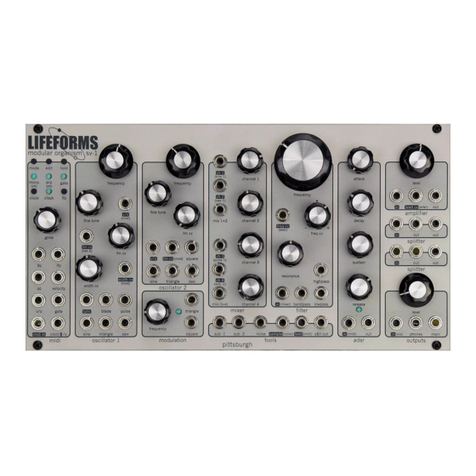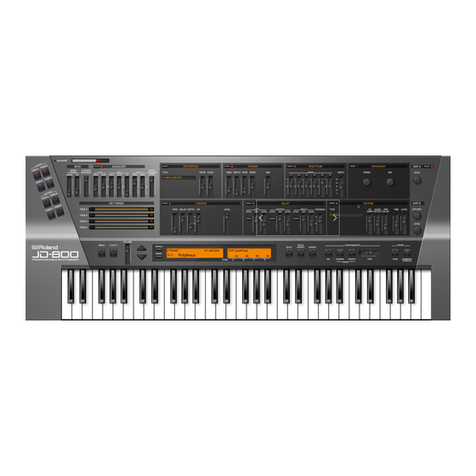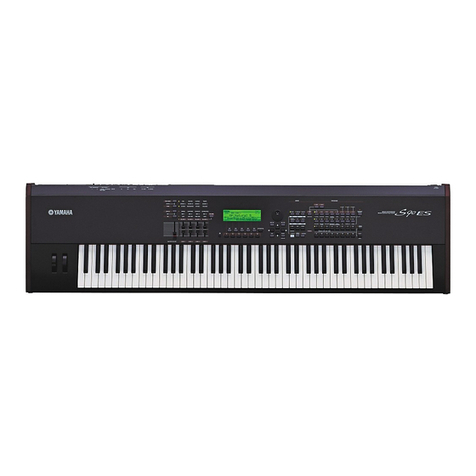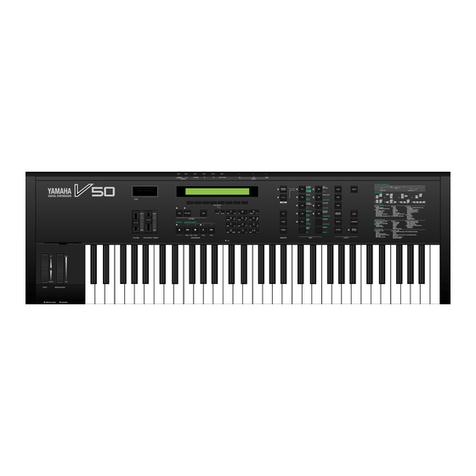Pittsburgh Modular System 90 User manual
Other Pittsburgh Modular Synthesizer manuals
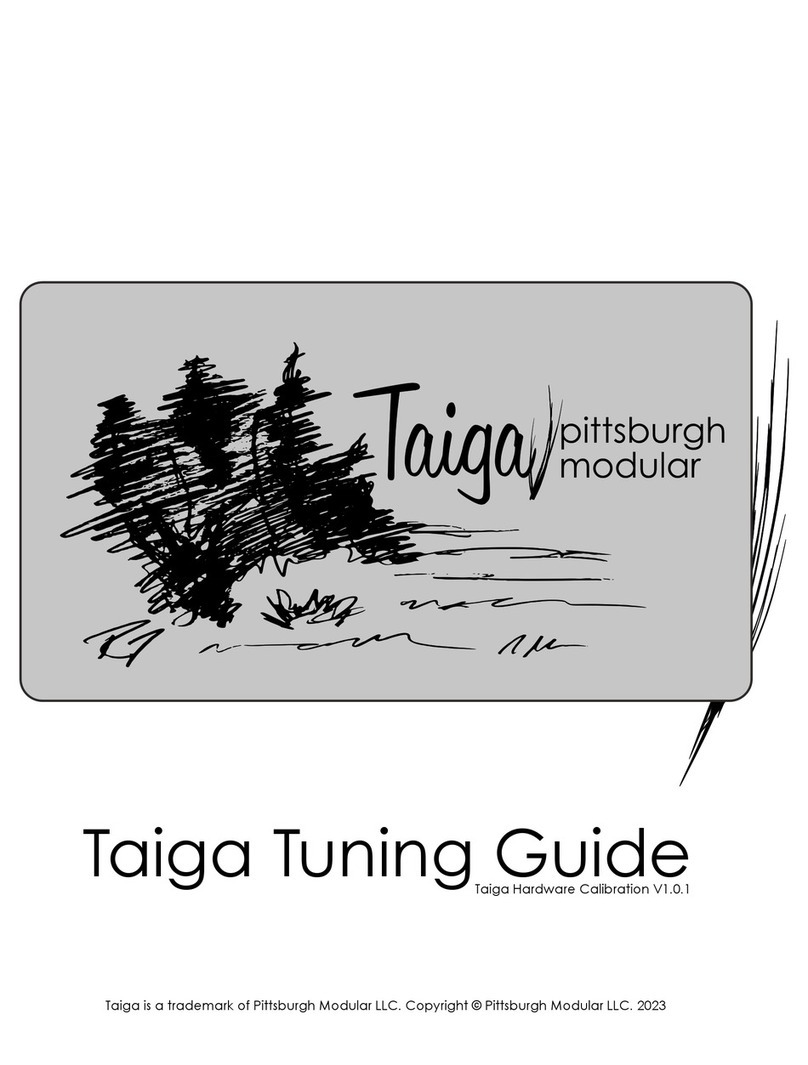
Pittsburgh Modular
Pittsburgh Modular Taiga Quick start guide
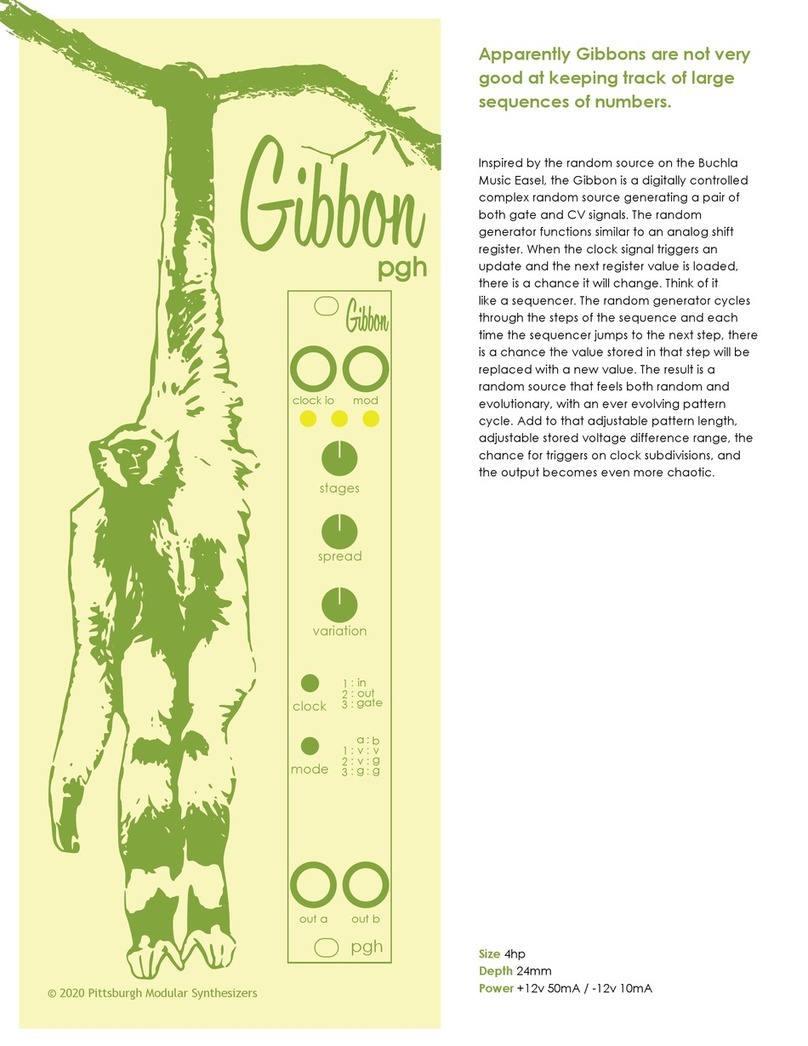
Pittsburgh Modular
Pittsburgh Modular Safari Series 1 User manual
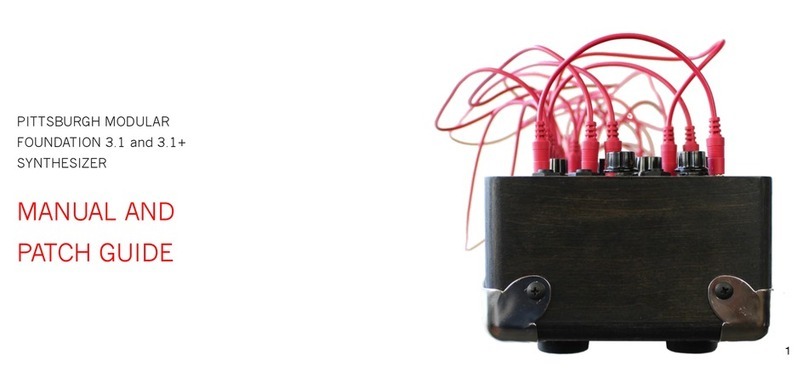
Pittsburgh Modular
Pittsburgh Modular Foundation 3.1 User manual

Pittsburgh Modular
Pittsburgh Modular Taiga User manual
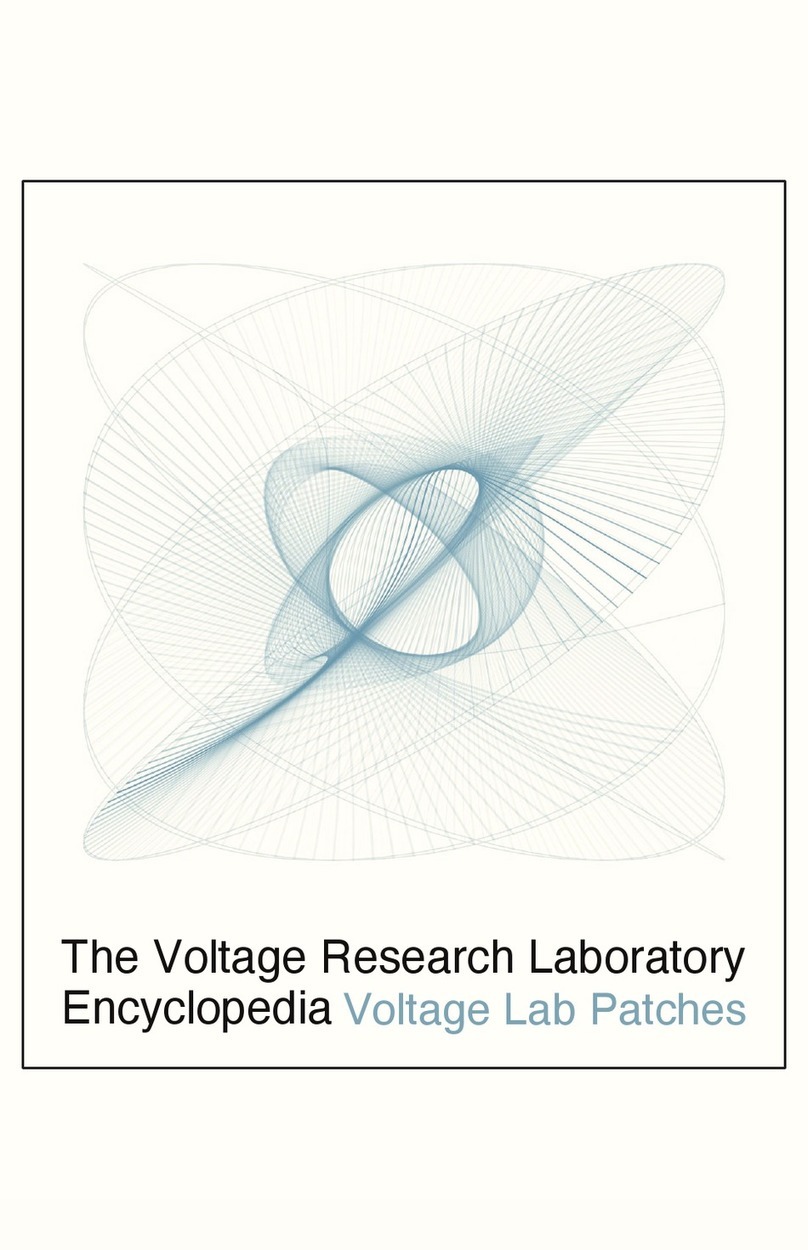
Pittsburgh Modular
Pittsburgh Modular Voltage Research Laboratory User manual
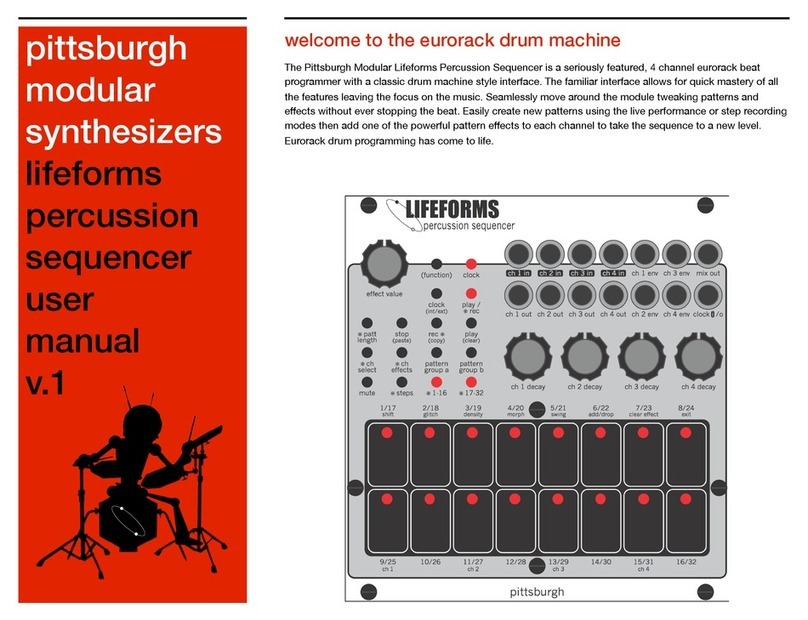
Pittsburgh Modular
Pittsburgh Modular Lifeforms Percussion Sequencer User manual
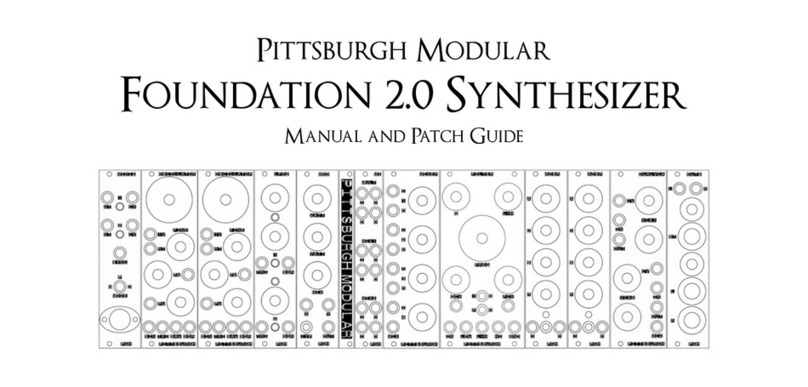
Pittsburgh Modular
Pittsburgh Modular foundation 2.0 User manual
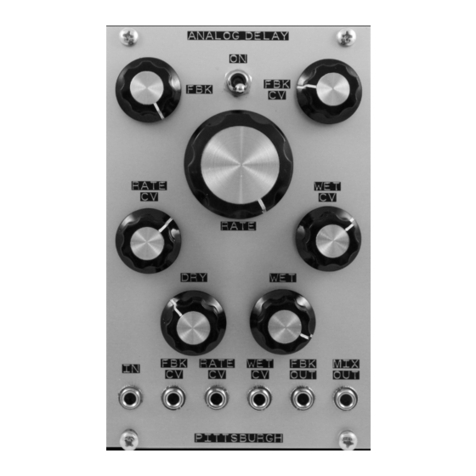
Pittsburgh Modular
Pittsburgh Modular Analog Delay User manual

Pittsburgh Modular
Pittsburgh Modular Microvolt 3900 User manual

Pittsburgh Modular
Pittsburgh Modular MIDI 3 User manual
